Materials Handling Ergonomics: Minimize the Strain
Ergonomic features in materials handling equipment and software keep workers safe while giving productivity a lift.
In the past decade, the average manual materials handler has gotten older, heavier and harder to hire and retain. Pair that with the rising costs of workers’ compensation insurance and global pressures to increase productivity, and manufacturers, warehouses and distribution center managers are taking a much closer look at improving ergonomics in their operations.
“Today, there are about 25 million people over 55 years old in the workplace. By 2025 that number will rise to 32 million people,” says Jim Galante, director of business development at Southworth International Group and chairman of the Ergonomic Assist Systems & Equipment (EASE) Council. “Plus, about 33% of all people in the United States are obese, weighing more than 30 pounds above their body mass index.”
With as many of 65% of worker’s compensation claims associated with manual materials handling, insurance companies are raising their rates—or mandating ergonomic improvements for continued coverage, Galante adds.
“I recently spoke with the head of risk management at a major insurer who said that for the first time in company history their payout for these claims exceeded their intake,” Galante says. “He said they could not continue to carry those clients unless they implemented more ergonomic solutions within their workplaces.”
Equipment suppliers are responding to the need, engineering and designing features into their products to help workers minimize the strains associated with lifting, reaching, twisting, pulling and pushing. The beauty of such features, Galante continues, is they often address the demand for increased productivity as well.
“If you have an ergonomic issue in your process, it can be directly associated to a production inefficiency—and for many, enhanced productivity often helps to justify the investment in more ergonomically designed equipment,” he says.
Here, Modern looks at some of the ergonomic benefits to be gained from implementing such equipment to support manual materials handling throughout multiple areas of a facility.
Lift tables optimize access to loads, items
One way to minimize worker fatigue and ease back strain while lifting is to keep the material being handled at a height between 30 inches (the average distance of a person’s knuckles to the floor) and 40 inches (the average distance of a person’s hands to the floor when the elbows are bent), says Galante.
“There’s no one way to do that,” he notes. “You can use vacuum lifters, manipulators, balancers lift tables and other systems. Often we’ll see a mix of technologies in use depending on the environment and the products being handled.”
When it comes to lift tables, they’re often used to load pallets because they position the pallet off the floor and keep the cartons being loaded or unloaded within the ideal 30 to 40 inches. But, as it turns out, bending over to pick up or place a box or item actually puts less pressure on the back than reaching for it, Galante says.
“Reaching out puts more pressure on the lower back than bending over and lifting. With back injuries costing up to $90,000 in workers’ compensation claims, we see more companies implementing a turntable top on the lift table to bring the load around to the worker who stays in one place,” he explains.
Additionally, with more operations using automated storage and retrieval systems (AS/RS), it has become easier to fill smaller orders, and many companies are using reusable plastic totes to ship items to retail stores for restocking. Lift tables can be equipped with titling platforms—a 30-degree angle allows better ergonomic access to the bottom of these totes.
“Reaching into a tote causes a person to raise their shoulders, which puts a lot of pressure on the upper back and neck; the tilting function enables the contents of the tote to directly align with the operator’s eyes and eliminate that upper body strain,” he adds.
Forklift features for comfort, ease of operation
The ergonomic features and enhancements offered in stand-up and sit-down lift trucks start at the point of entry, says Rob Chaney, marketing product manager for Class I, IV and V lift truck products at Crown Equipment Corp.
“At the point of ingress/egress, where the operator enters and exits the truck, today’s vehicles feature a low step height and handle holds in an easy-to-reach position,” Chaney says. “Additionally, we’ve put a lot of focus on being able to enter and exit from either side, both for safety and convenience.”
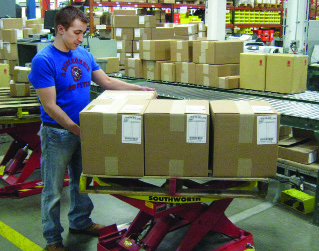 Once in the vehicle, there’s been an increased emphasis on using mast designs that enhance visibility of the load and its destination, particularly at heights up to 500 inches. “Open design masts and proper overhead guard post placement make it easier for operators to see both forward and upward without having to twist or crane their necks, or lean to the side,” Chaney continues. “If you see better, you can perform the work better and more safely.”
Once in the vehicle, there’s been an increased emphasis on using mast designs that enhance visibility of the load and its destination, particularly at heights up to 500 inches. “Open design masts and proper overhead guard post placement make it easier for operators to see both forward and upward without having to twist or crane their necks, or lean to the side,” Chaney continues. “If you see better, you can perform the work better and more safely.”
High visibility also extends to the latest displays, he says, noting that screens are becoming easier to read, with larger numbers and messages that explain an issue—rather than a code that has to be looked up in a manual.
Specifically within stand-up models, where an operator can often spend a full day upright, features for postural relief include hip padding, leaning perches, and large active floorboard areas that allow operators to move/shift their feet. “We also include an operator-adjustable suspension floorboard to compensate for the jarring and shocks experienced when driving in and out of trailers and over dock plates,” Chaney explains. “That cuts down on fatigue.”
Vibration reduction is also critical on sit-down vehicles, he says, which can be outfitted with special suspension seats and arm rests that adjust in a variety of ways.
Software optimizes picking, reduces fatigue
For operations relying on manual picking, particularly in e-commerce applications, warehouse management systems (WMS) and labor management systems (LMS) can be leveraged to optimize travel paths and pick locations, says Matt Butler, director of SCE solutions strategy at JDA Software.
“A WMS with dynamic slotting tools can ensure that a product is routed for storage in and picking from the ‘Golden Zone,’ which is roughly the area between a person’s shoulders and knees,” Butler explains. “Software can be directed to create a slotting plan that takes into consideration the cube, velocity and weight of the product—as well as the ideal ergonomic position—when determining where within a facility and/or racking it should be placed.”
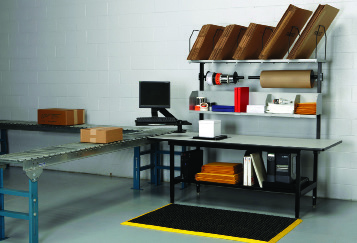 Additionally, the software can create a cart- or pallet-based pick list that optimizes the picker’s travel sequence throughout a zone as orders are filled. “With advanced list picking, the software also can take a range of factors into consideration, such as product crush class or weight, when determining how to sequence the picks so an operator doesn’t have to pick from the top or pick from the bottom of a rack,” says Butler.
Additionally, the software can create a cart- or pallet-based pick list that optimizes the picker’s travel sequence throughout a zone as orders are filled. “With advanced list picking, the software also can take a range of factors into consideration, such as product crush class or weight, when determining how to sequence the picks so an operator doesn’t have to pick from the top or pick from the bottom of a rack,” says Butler.
To ensure that productivity expectations more closely match actual work conditions, Butler says the most robust LMS systems measure and track the amount of weight each operator is expected to process throughout a shift to accommodate for fatigue. “The more weight operators handle, the LMS actually expects their performance to diminish because they’re getting tired,” he notes.
Technology at workstations minimize repetitive motion strains
At workstations, particularly those used for packing products prior to shipment to individuals, there truly is no one-size-fits-all ergonomic solution, says Jeff Dehnert, president of Dehnco Equipment and Supply. Instead, customization is king.
“Most of our latest concepts have been engineered to help retailers pack and ship e-commerce orders, with a focus on how to integrate our workstations with all of the other automation, technology and materials handling components operations are using,” Dehnert says.
To that end, he says a number of workstation solutions integrate the supplies and equipment right at a workstation—such as, protective packaging, printers, scanners, scales and computer components—to maximize workspace and provide the packer with easy access to these items. Due to most retailers having similar issues, but different parameters and requirements, 90% of the workstations his company sells incorporate a specialized or modified solution.
“For example, air pillow machines and the storage hoppers for the air pillows themselves—we’ve worked out a number of solutions to integrate those into a workstation cost effectively and to minimize the number of steps a user needs to take to access them,” Dehnert says. “Additionally, we’ve created fixtures that convert handheld scanners into fixed scanners as a time-saver so the user doesn’t have to pick it up and put it down.”
With the rise of omni-channel retailing, more retail stores are adding one or more packaging workstations to their back room areas, says Dehnert: “It solves an inventory management issue; putting a workstation in your store allows you to use all these locations as little mini warehouses.”
Looking forward, Dehnert expects to see more manufacturers and distributors implement collaborative robotics solutions to further improve worker ergonomics, letting the robots do the heavy lifting and transport from conveyor to workstation for example. “They would minimize repetitive motions and eliminate some of the steps being done by hand right now.”
Companies mentioned in this article:
View Ergonomics Related Products and Accessories
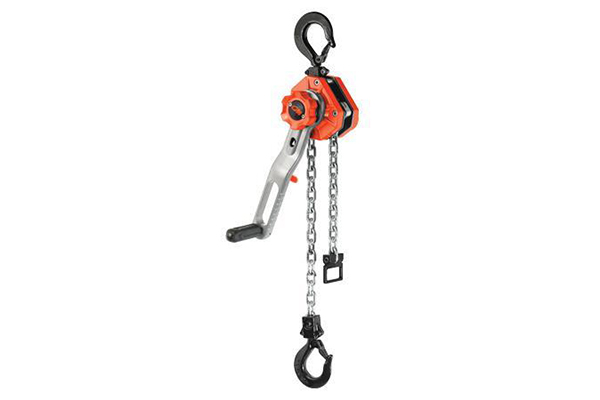 CM Tornado
CM Tornado
360-degree ratchet lever hoist includes 3- and 6-ton units.
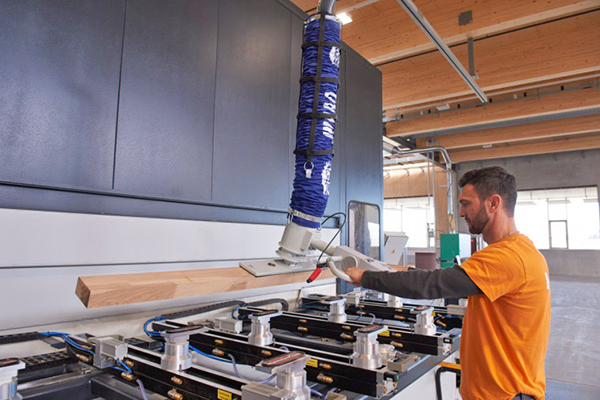 JumboErgo vacuum lifter
JumboErgo vacuum lifter
Vacuum lifters for manual workflows.
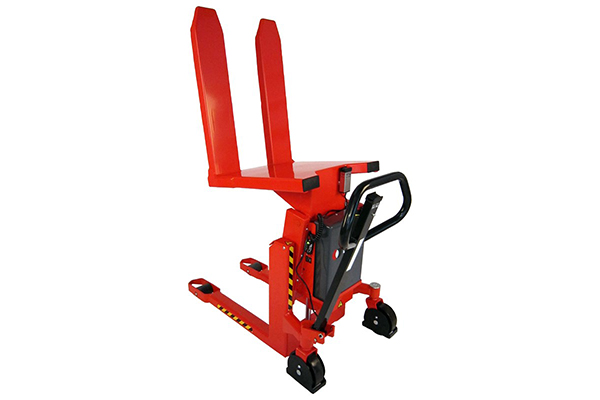 Logitilt
Logitilt
Stainless ergonomic unit lifts, tilts boxes for emptying in the food industry.
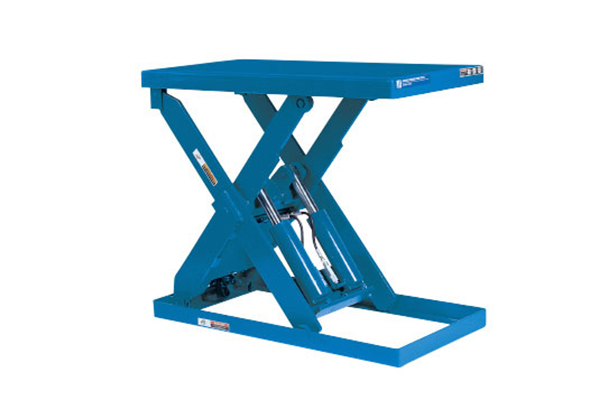 Production (P) Series Lift Tables
Production (P) Series Lift Tables
Lifts for production applications come in standard and double widths, lengths.
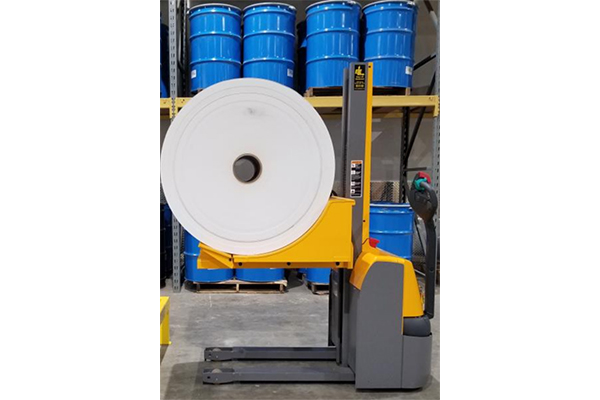 ERP transporter
ERP transporter
Transport rolls with minimal effort.
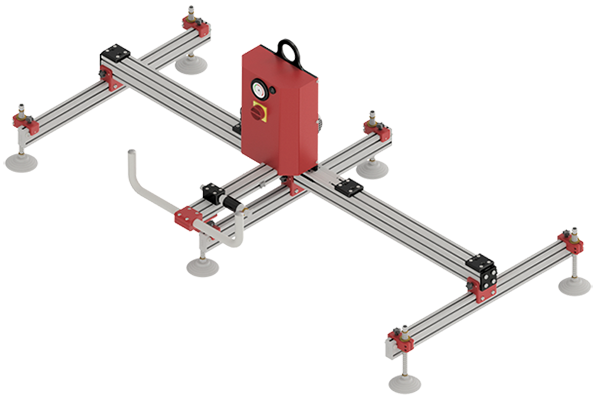 Spider vacuum crossbeam lift system
Spider vacuum crossbeam lift system
Handle sheet metal with ergonomic vacuum lifter.












